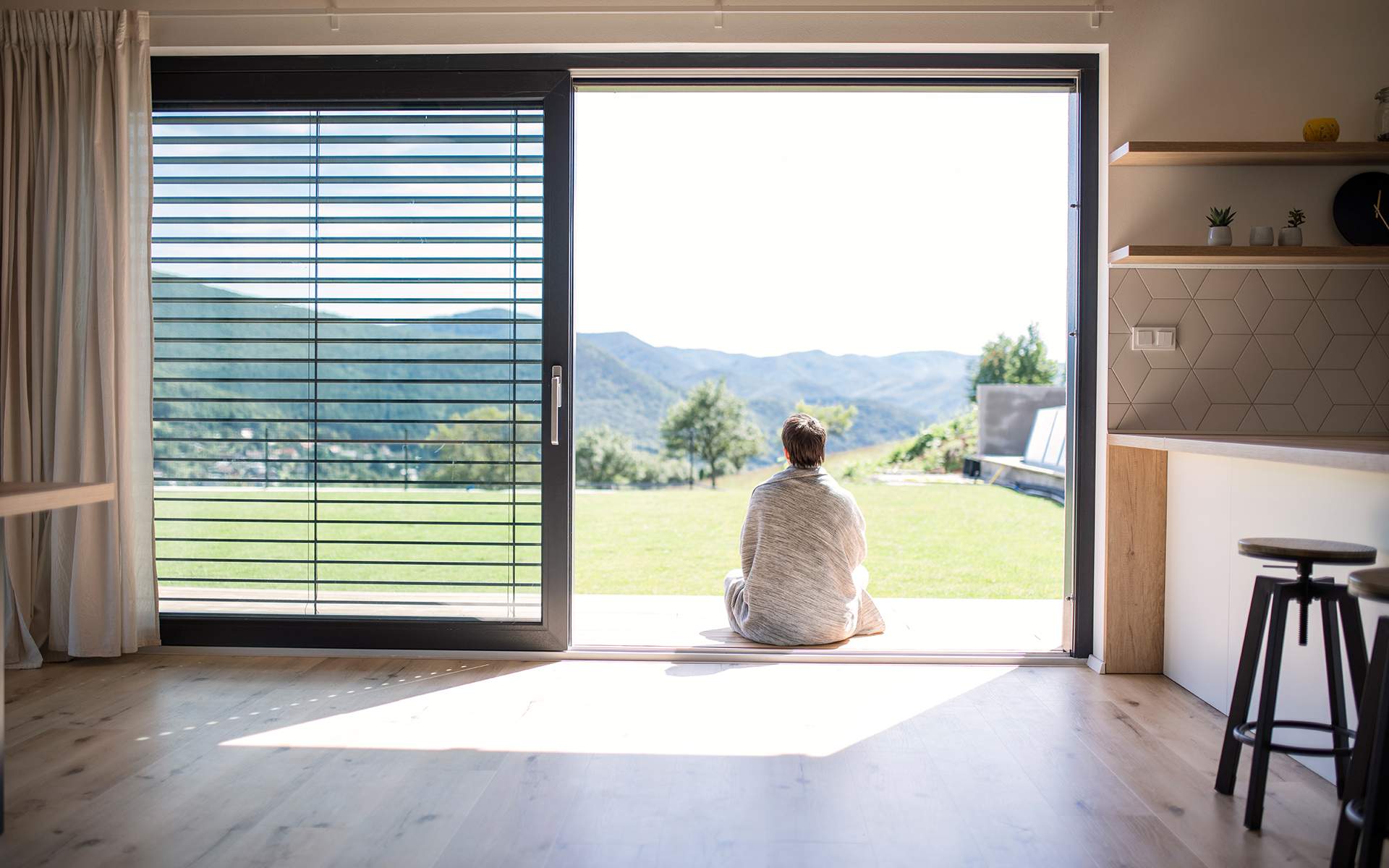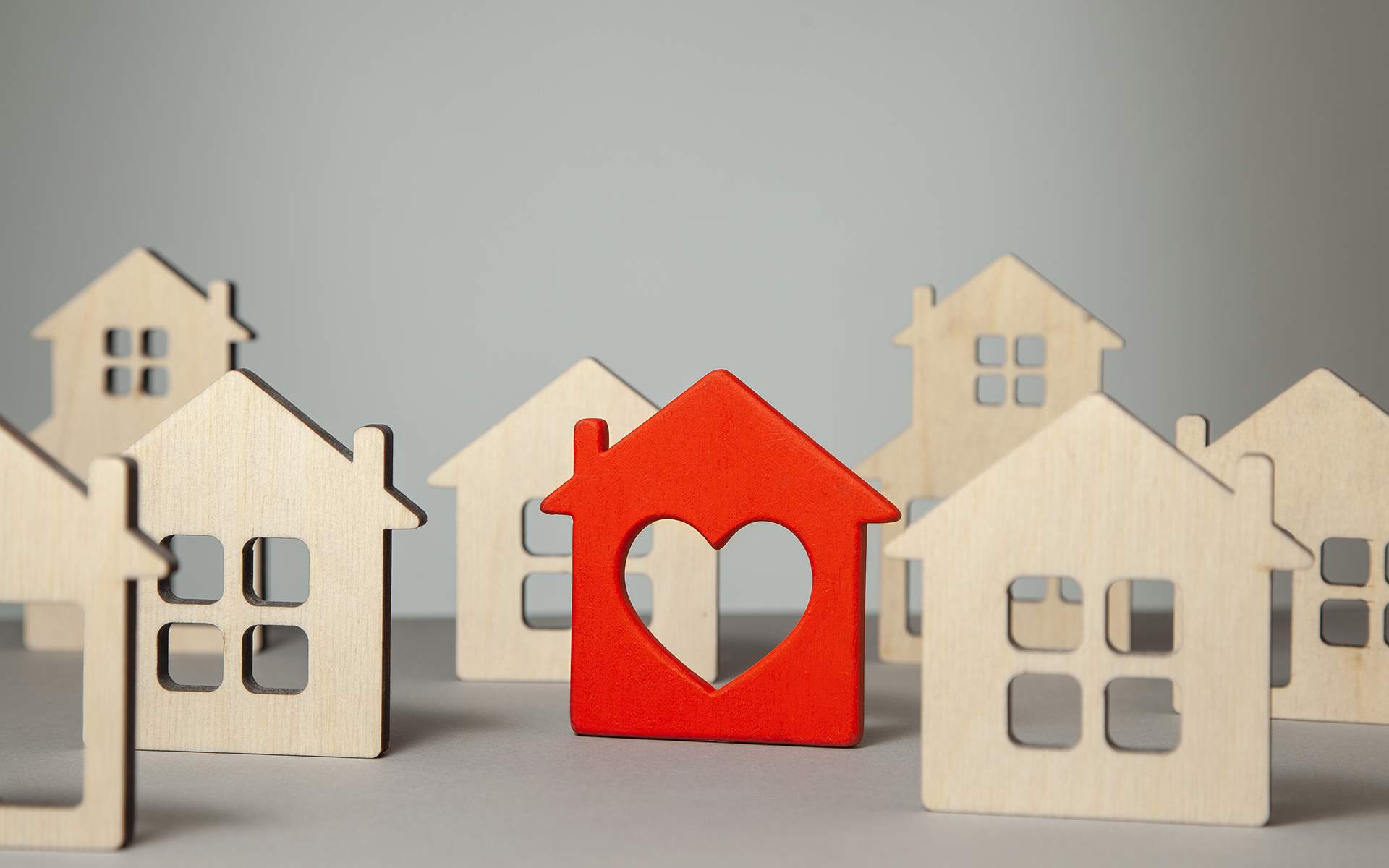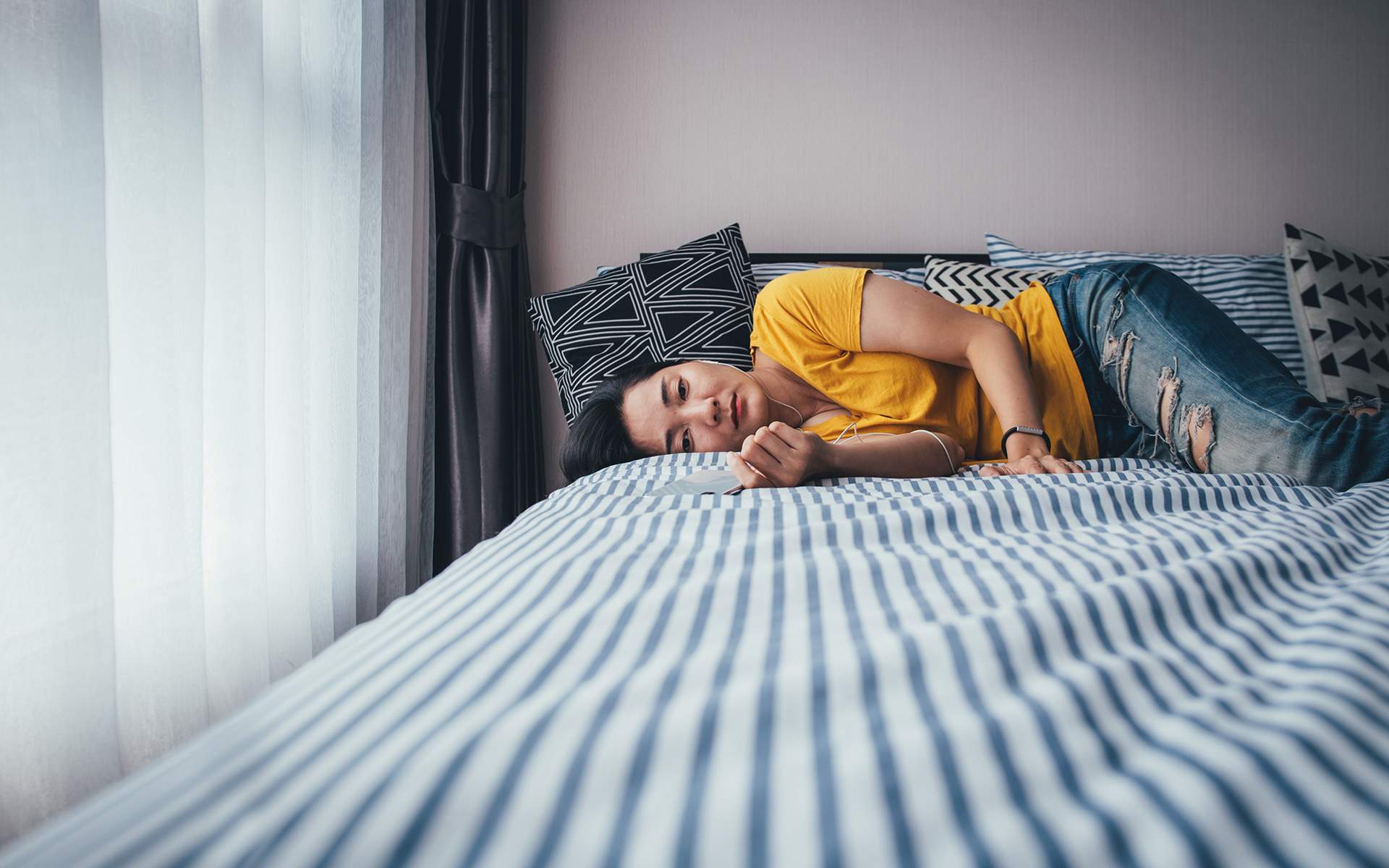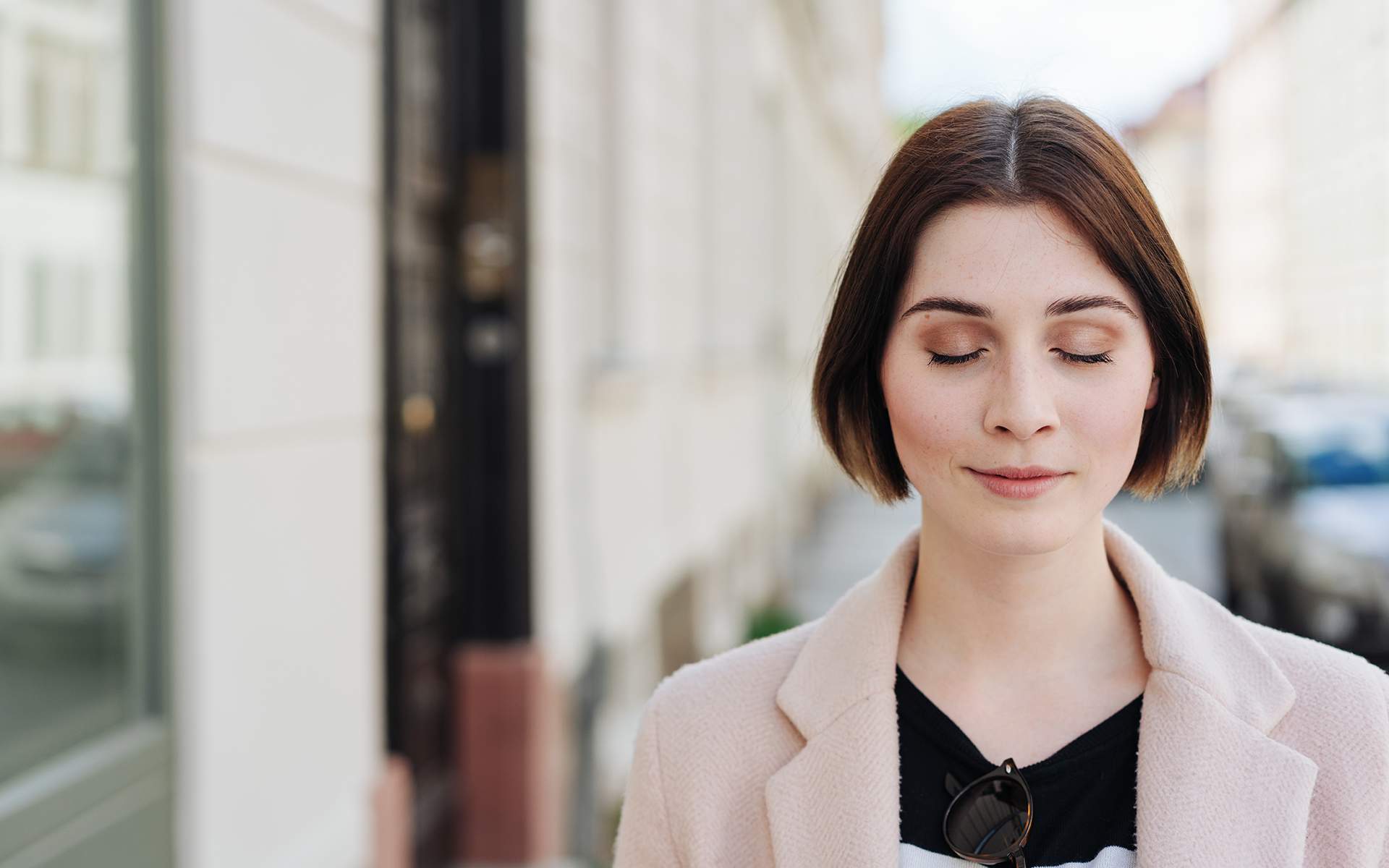A lot of people I know have been starting to wonder about life after the shelter-in-place orders have been lifted. What will it be like? What will the new normal be?
The answers to those questions will depend a lot on where you live, what your experience has been like, and what you make of it all.
Living in a city that imposed shelter-in-place orders 10 weeks ago, as of this writing, my own life has been a mixed bag. I shifted to working at home pretty easily, but it’s been hard finding a routine and avoiding distractions. I’m connected with friends online, but I miss their physical presence. Plus, my sleep and mood have suffered as anxiety looms over the future of our society.
I don’t want to negate these feelings or ignore our losses. But, as a writer for Greater Good, I can’t help but see some positives coming from this crisis, too. Reflecting on this moment has been a learning opportunity for me and for all of us—a chance to focus more on what matters and to think about living life differently going forward.
Here are some lessons I want to hold on to once sheltering in place is lifted.
1. Being with others is key to happiness
Many of us have been relying on social media and Zoom meetings to stay in touch with people during the pandemic. But, while I’m grateful that I can keep up with friends on Facebook or visit with folks via videoconferencing, these aren’t really the same as seeing people in-person.
Why? For one thing, social media doesn’t always bring us closer together. People often heavily curate what they post online to make their lives appear carefree and wonderful, which leaves little room for sharing vulnerability—an important way to connect with others. And, of course, there’s also a lot of alarmist news and clickbait on social media that can wreak havoc with your happiness. If you’re looking for deeper connection there, you’re bound to be disappointed.
Zoom conferencing is an improvement, as you can see people face to face and have actual conversations. But it’s tough to read body language on Zoom, and so it’s harder to pick up on how people are feeling. Also, the science of touch shows us that we humans crave physical contact, which neither Zoom conferencing nor social media can provide. This loss is especially profound for those living alone, where the lack of any physical affection has been particularly hard.
Making more time in my life to be with the people I love and to express affection when we are together is something to bring forward from this experience.
So, while I may continue to use available online tools to stay connected with faraway intimates, I’ve also gained a newfound appreciation for in-person get-togethers. Making more time in my life to be with the people I love and to express affection when we are together is something to bring forward from this experience.
In the near-term, as restrictions lift, I hope to have more physically distant backyard visits with friends and family. While we cannot hug, we can at least look each other in the eye. When the crisis has passed, I plan to prioritize spending more time gathering in groups of diverse people for concerts, sporting events, ceremonies, dancing, and more. The emotional high and sense of connection we get from being in the physical presence of others sharing an experience together is inspiring and sacred. Not only will I appreciate that presence so much more after shelter in place is over, doing so will deepen my sense of common humanity—something that when scaled up can build a kinder, more connected society.
2. Reducing stress is good for everyone
There have been a lot of things to stress out about during this pandemic, for sure. The risk of losing our jobs, becoming sick, or inadvertently infecting a beloved relative is frightening. Having to quarantine at home has kept us from employing our usual ways of coping with stress—like going out with friends or exercising at the gym. And being fed a constant diet of dire and alarmist news has amplified our anxiety and sense of helplessness, making us lose sleep.
Being in a constant state of high alert is not good for our minds or bodies—or for those around us, either. Emotional contagion is real, which means feeding our own stress and fear affects others, too. That’s become even clearer as so many of us find ourselves in closer quarters with family members or roommates whose moods feed off of each other.
However, one silver lining of staying at home is that it’s forced many of us to slow down some and find new ways to manage stress and anxiety. Perhaps you’ve finally learned to meditate—something you’d heard was good for you but never really attempted. Or maybe you’ve pulled out a notebook and journaled about your experience or taken a happiness course online. Some have turned to drawing, planting a garden, or playing a musical instrument. All of these have the potential to improve your mental health and could be worth holding on to once you are set free again.
Then there’s the one stress-buster that beats them all: Being kind to others and helping those in need. Ask anyone who’s volunteered at a local food bank, brought a meal to a stuck-at-home neighbor, reached out to a lonely friend, tutored students online, or organized their neighborhood relief group, and they’ll tell you: Focusing your attention on others reduces your own worry and stress—a lesson easily carried forward into the new era. Not only will helping others keep us sane, it will also aid in the recovery of everyone impacted by the pandemic.
3. Showing gratitude matters
It’s pretty obvious that we should be grateful to the “essential workers” during this time of shelter in place. Food suppliers, health care workers, delivery people, and first responders have taken on risks to themselves for the benefit of everyone else.
How can we possibly repay them? By showing a little gratitude and paying the kindness forward.
Before the pandemic, most of us probably didn’t think twice about the workers doing these jobs. Now that they are on everyone’s radar, it’s been heartwarming to see grateful citizens showing their appreciation openly by making signs, clapping or howling out their windows at night, dropping off free meals, and over-tipping service workers. Even just saying “thank you” can go a long way toward building good will.
Food suppliers, health care workers, delivery people, and first responders have taken on risks to themselves for the benefit of everyone else. How can we possibly repay them? By showing a little gratitude and paying the kindness forward.
Gratitude isn’t something we should just show to these current heroes in our midst, though.
We can show more gratitude for all of the people and things that make our life easier and happier. Showing gratitude not only feels good, it encourages more kindness and generosity in both gratitude recipients and anyone who witnesses the expression of gratitude, creating a virtuous cycle. And, since sincere gratitude is a premier social glue in both personal relationships and society at large, offering it helps build a kinder, more compassionate society—something we should all keep in mind.
4. We need less stuff than we think
Before the current shelter in place took hold, I never would have guessed how easy it is to do without so many modern conveniences. Now that shopping at the mall, getting my hair done, or popping into the grocery store for a single ingredient has become impossible, I’ve realized that I’m surviving just fine.
It’s pretty clear that we don’t need so much stuff or as many conveniences as we’ve become accustomed to. The basic essentials—food, clean water, and good health, for example—are much more important than having a manicure or buying the newest computer. Given how many of these consumer items and activities negatively impact the health of the planet, it makes sense to rethink our priorities and consider skipping some to allow everyone to have the basics for survival.
Luckily, our well-being isn’t dependent on consumer products. Studies have found that kindness and generosity make us happier than pampering ourselves or buying ourselves stuff. It may be hard to believe; in fact, researchers often find that people underestimate the impacts of giving to others on their happiness.
But it’s true: We will likely be happier and create a healthier society if we can consume less and give more.
5. We are stronger when we act together
As communities around the world manage the pandemic, one thing we’ve all learned is that cooperation matters. Only through group effort can we do something to make a difference in the trajectory of a worldwide threat.
This became crystal clear when comparing state and national responses to the viral outbreak. Some governments were laissez-faire in their response—or even actively punished people who sounded the alarm. Others heeded early warnings and quickly put into place orders to keep people at home. The latter approach, where science was heeded and everyone pitched in to shelter in place, is what paid off in flattening infection curves and saving lives.
Of course, suffering through this time has shown us that there is still much that needs correcting. Not everyone has good health or health care, and many people are living at the edge of poverty. Some people have been forced to go to work despite the risks, and others are dying at higher rates than the general population because of a long history of discrimination. This is unacceptable and needs changing. If the pandemic has opened new eyes to these inequalities, then perhaps they’ll be more likely to become part of that change.
Working together for the common good has helped us fight the pandemic and could bode well for solving other worldwide problems requiring cooperation—like poverty, ethnic violence, and climate-based disaster.
Seeing how willing people were to cooperate with draconian measures for the good of all gives me hope. It’s not easy to herd that many people in one direction, especially when they have to sacrifice some of their personal freedoms to do it. But working together for the common good has helped us fight the pandemic and could bode well for solving other worldwide problems requiring cooperation—like poverty, ethnic violence, and climate-based disaster.
That’s why I hope we will hold on to that lesson after we leave our homes. There is power in keeping in mind our common humanity and our sense of interconnection. If we also remember the importance of our relationships, resilience, gratitude, and doing with less, we can move forward into our un-sheltered lives again with a renewed sense of purpose and tackle some of our most difficult problems. It could be that collective, compassionate action will be the key to creating a better future for us all.
This article originally appeared on Greater Good, the online magazine of UC Berkeley’s Greater Good Science Center, one of Mindful’s partners. View the original article.
read more
How to be Mindful About Consuming Coronavirus News
Researchers and media experts weigh in on how to stay informed about COVID-19 while protecting your mental health.
Read More
5 Ways to Reimagine Life in Quarantine
How we respond during COVID-19—either sliding into a rut, or dreaming bigger—defines whether we’ll be able to thrive collectively on the other side of the crisis.
Read More
What Day is it? 4 Ways to Cope with Blursday
One day flows into the next in these pandemic days. Here’s how to use mindfulness to find rhythm and routine.
Read More











